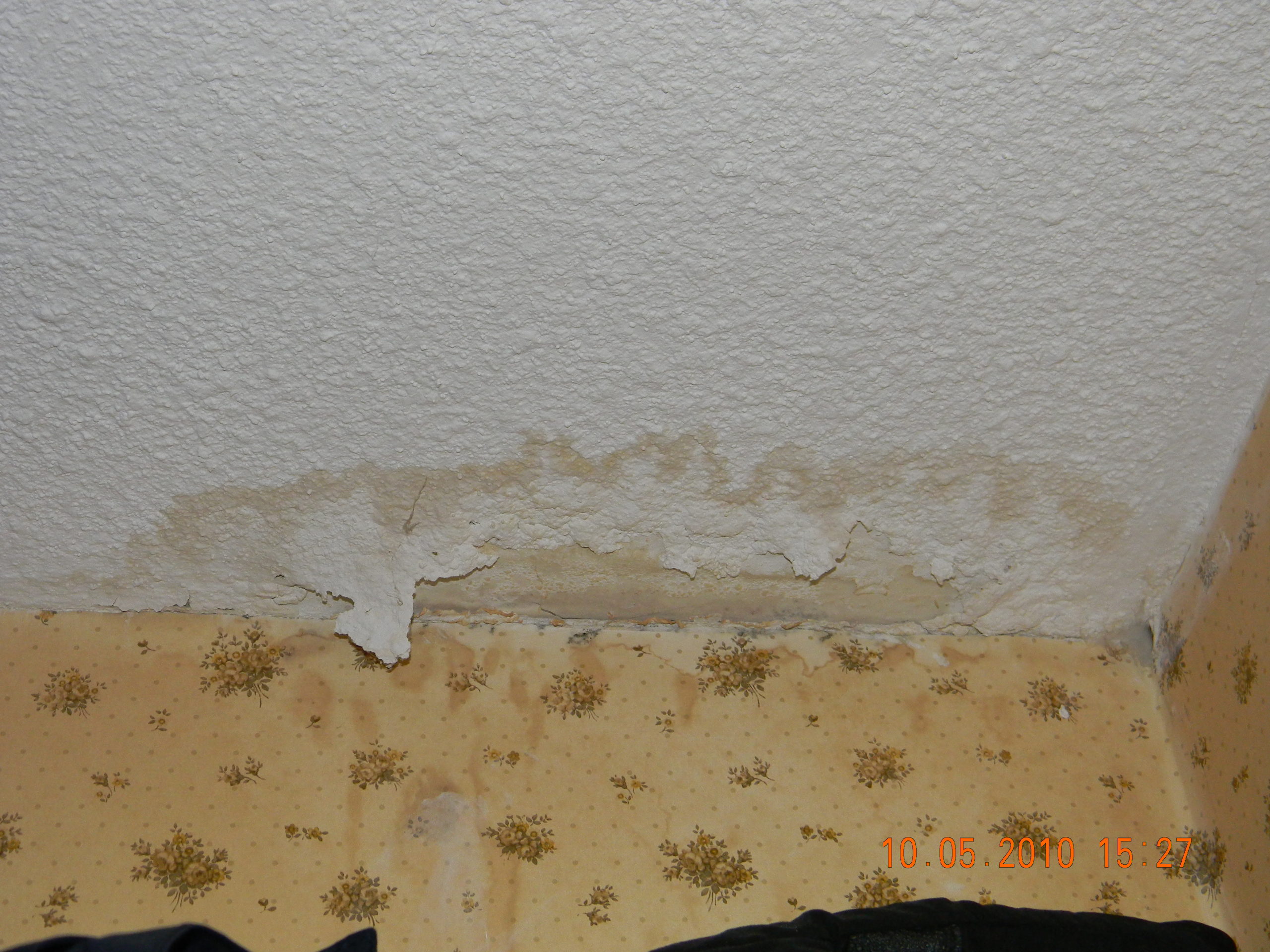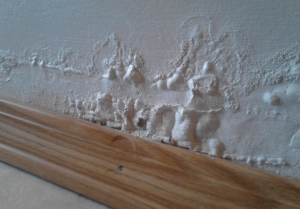Right here below you can locate some decent additional info all about Water Stains on Walls.

Water discolorations on walls are not pleasant to the eyes. Occasionally it seems almost unpreventable to experience water spots on walls in residences.
House owners living in moist regions frequently take care of the anxiety of water discolorations on wall surfaces. However that does not need to be the case for you. With exact and also all-around details on the root causes of water discolorations and also prompt fixing processes, you will certainly always be a step ahead of such events. So, this short article assures to be a handy guide for you.
3 Usual Reasons For Water Spots on Wall Surfaces
As opposed to common belief, water discolorations on walls do not always come from bad structure materials. There are a number of sources of water discolorations on wall surfaces. These include:
Poor Drain
When making a building plan, it is important to guarantee adequate drainage. This will avoid water from leaking into the walls. Where the drainage system is obstructed or nonexistent, underground dampness accumulates. This web links to too much moisture that you notice on the wall surfaces of your building.
The leading reason of damp walls, in this case, can be a bad water drainage system. It can also be because of inadequate management of sewer pipelines that go through the structure.
Moist
When hot damp air meets dry cold air, it causes water beads to base on the wall surfaces of buildings. This occurs in kitchens and bathrooms when there is vapor from cooking or showers. The water beads can discolor the surrounding walls in these parts of your residence as well as spread to other locations.
Moist or condensation affects the roofing system and also wall surfaces of buildings. This creates them to appear darker than various other areas of the house. When the wall is wet, it produces a suitable setting for the development of fungis and germs. These may have damaging effects on health and wellness, such as allergies as well as respiratory problems.
Pipe Leaks
Most residences have a network of water pipelines within the wall surfaces. It constantly boosts the feasibility of such pipes, as there is little oxygen within the wall surfaces.
A downside to this is that water leakage influences the walls of the structure as well as triggers widespread damages. A dead giveaway of faulty pipelines is the look of a water tarnish on the wall surface.
Water Spots on Wall Surface: Repair Tips
When dealing with water discolorations, homeowners would generally want a fast repair. Yet, they would soon realize this is counterproductive as the water spots persist. Below are a couple of handy pointers that will certainly assist you in the repair work of water discolorations on wall surfaces:
Pro Tip
A houseplant in your home additionally boosts its humidity. If the home is already damp, you may want to present houseplants with minimal transpiration. An instance of appropriate houseplants is succulents.
Conclusion
Although no person wants to have water spots on walls in their home, it can take place to the very best of us. This article gives you take advantage of, as you currently know just how to manage this incident if it does occur.
It is constantly best to hire expert solutions to help deal with the damages in your house.
Often it appears practically unavoidable to experience water spots on wall surfaces in residences.
In contrast to popular idea, water stains on walls do not constantly stem from poor building products. There are several reasons of water discolorations on walls. The water beads can tarnish the surrounding walls in these components of your home and also spread to various other locations.
Right here are a couple of useful suggestions that will guide you in the repair of water discolorations on walls:
How to identify and deal with water spots on walls and ceilings
Where is water coming from?
Where is the water coming from? Is the roof above it? Or how about a bathroom? Potentially a leaky pipe? Whatever is up, it’s wet. Repairs cannot be attempted until the source is identified and the necessary repairs made. Otherwise, repairs are moot. The water stain will just come back.
Many times the repair is simple. A common source is water seepage. A shower pan or piping that once had be caulked could have sprung loose causing a slowly leaking pipe. Address potential piping issues before proceeding.
If it’s the roof that’s up, check it for leaks. Roof water is not always attributed to a roof problem. Depending where in the country you are located, you could be looking at an ice dam, which means new insulation and repairs. Roofs can leak, shingles can slip. Again, the repairs must be made before any patch work can happen inside.
Why is there a water spot?
Water stain repairs always come last. Repairing a water stain inside your home before addressing the issue is going to lead to disappointment. Repairs will quickly be taken apart by a continuous leak. You will need to see how wet the area actually is. Potentially, you could be looking at taking out a piece of the ceiling or drywall to get down to a dry bones before moving forward. If you neglect this step, you are sure to have bleed through on the repair.
How to go about fixing the problem?
Clean.
Once the underlying cause of the stain is dealt with, you can begin by cleaning the stain with bleach. Mix one cup of bleach with three cups of warm water and wipe the wall down. This mixture will also remove any leftover mildew, dirt or dust that could prevent a good paint job. Rinse the solution off with a spray bottle and towel.
Prep.
Get a drop cloth set up on the floor below your project. If the mess is on a ceiling, protective gloves and goggles will be crucial. After the area is dry, tape off any areas, like trim, you want to keep paint-free.
Prime.
Use a good quality base coat of stain-blocking primer. Your ceiling is probably painted with an interior latex paint, meaning it is water soluble. Water will destroy this kind of paint and cause lingering issues with your job. The base coat will block this from happening again in the future.
Paint.
After ample drying time, apply at least two coats of ceiling paint, with drying time in between. Oil-based ceiling paints will contain more volatile organic compounds (VOCs) and fumes, so take precautions not to expose yourself to this paint for too long.
Your ceiling should look pristine a new. Provided the problem has been completely solved, there will be no returning halo in your paint job.

I stumbled upon that blog entry on Indicators of Water Damage Behind Walls while scouting around the web. Appreciated our article? Please share it. Help someone else check it out. We enjoy reading our article about Water Stains on Walls.
Ready 24/7. You?